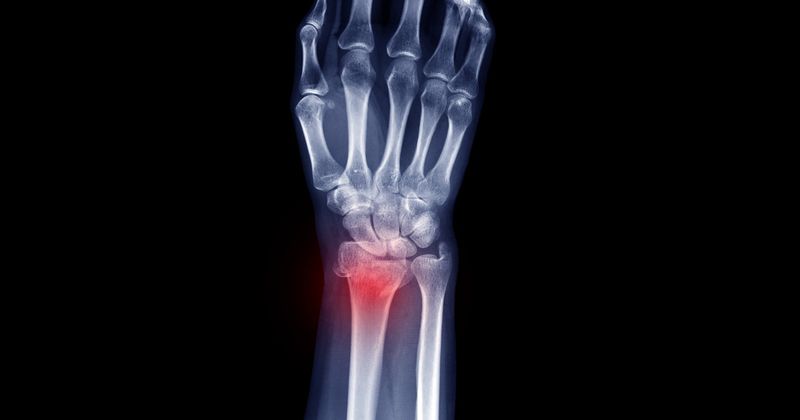Topology-optimized splint yielded better function after wrist fracture vs. casting
Key takeaways:
- Topology-optimized splint immobilization may be preferred vs. cast immobilization after distal radius fracture surgery.
- Patients who received splint immobilization had better 6-week functional outcomes.
Published results showed patients who received a topology-optimized splint had better functional outcomes after distal radius fracture surgery compared with patients who received traditional cast immobilization.
Researchers performed a multicenter, open-label, analyst-blinded randomized clinical trial of 110 patients (mean age of 64.1 years) who underwent closed manual reduction for a distal radius fracture between Dec. 3, 2021, and March 10, 2023.

According to the study, 54 patients were randomized to receive a topology-optimized splint for 6 weeks after surgery, while 56 patients were randomized to receive a traditional cast for 6 weeks after surgery. Patients were then observed for another 6 weeks of rehabilitation.
The primary outcome measure was the Gartland-Werley (GW) wrist score, with a higher score corresponding to more severe wrist dysfunction. Other outcomes included radiographic outcomes, VAS pain scores, degree of swelling and overall complication rates.
Among all patients, 92% (n = 101) had complete outcome measures at 12-week follow-up. Median GW scores were 15 for the splint group and 17 for the cast group; however, researchers found no clinically significant differences in GW scores between the groups at 12 weeks. Researchers noted shoulder-elbow pain and dysfunction (risk ratio = 0.28) and skin irritation (risk ratio = 0.3) were less common in the splint group.
“The results suggest that the topology-optimized splint provides early relief from pain and improved function for patients, offering effective treatment while mitigating the risks associated with surgery,” the researchers wrote in the study.

